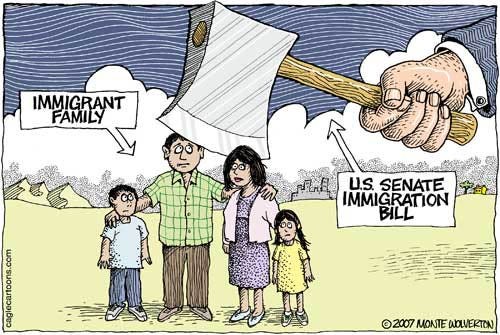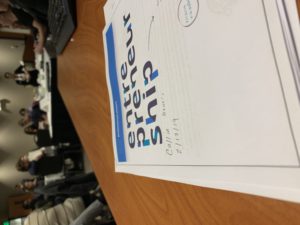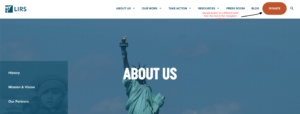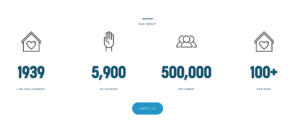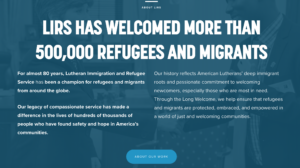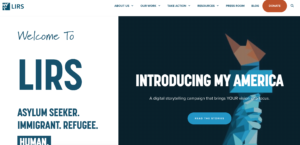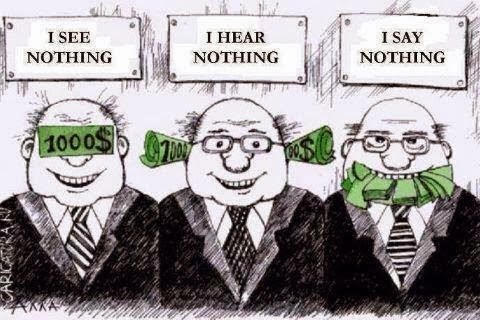
We will be focusing on the scene in Chapter Two where Obinze talks about how he became successful with Chief. Particularly when they have dinner for the first time at Chiefs place and Obinze recognizes the business/political hierarchy that goes on, and how it’s corrupt. Adichie describes Obinzes feelings, “Obinze felt repulsion and longing; he pitied them, but he also imagined being like them” (Adichie 30). We chose this specific section of the novel because Chief is a character who is described as a “big man”. This refers to him being wealthy, holding a high political status, and being an egomaniac. Chief’s character in this particular scene shows an underlying issue with the correlation between political status and wealth.Chief says “ Everybody is hungry in this country, even the rich men are hungry, but nobody is honest” (Adichie 30). By Chief holding a wealthy status in Nigeria it allows him to easily get what he wants through fraud or bribery because of the corrupt government. The author depicted Chief in this way to show the culture of corruption and materialism. Not only do Chief and Obinze exemplify the political corruption in Nigeria, but Nneoma says to Obinze “Even Chief has some white men that he brings in for show when he needs them. That is how Nigeria works. I’m telling you” (Adichie 31). This shows that most characters, in one way or another, have been impacted by the political corruption in Nigeria.
We chose this specific topic because of the political corruption in Nigeria that is currently affecting immigrants. The Business-Anti-Corruption which is a collection of free anti-corruption compliance and risk management resources including e-learning training, country risk profiles, and due diligence tools is a site that focuses on all aspects of corruption in Nigeria. A specific section in this source describes how Nigeria’s civil society is affected by corruption, Nigeria’s “Civil society is weak, fragmented and lacks resources, although there is a positive trend in its development (BTI 2016). While the landscape of civil society organizations is among Africa’s most vibrant (FitW 2016), civil society organizations continue to suffer from weak representation and limited organizational resources (BTI 2016). Labor unions suffer from similar limitations (BTI 2016). Private media and religious groups have increasingly taken on the tasks of civil society (BTI 2016)” (GAN Integrity). This is referring to how Nigeria’s civil society get’s relatively no support from it’s government, and the support that it does get, usually involves corruption or bribery of some sort. We can tie this civil society corruption to Obinze’s mother and her situation within the University that she works at, where there are strikes and employees/professors are not getting paid. We can corporate this in our storyboard by adding a dialogue element where Obinze is at the dinner with Chief and he realizes Chief’s corrupt tendencies and it reminds him of the situation that his mother is in, and how Nigeria’s civil social and specifically labor unions are “weak, fragmented, and lack resources” (GAN Integrity).
To visualize this ongoing social issue we will be creating a storyboard. In this storyboard we will be tying multiple scenes from the book, Americanah, to provide insight to the political issues and corruption in Nigeria. These issues will be supported by our research and give real world insight. We chose the storyboard medium because we felt that it would best portray the nepotism and bribery in politics within Nigeria. Our storyboard viewers will demonstrate empathy and consideration for the immigrants affected by the discreditable government in Nigeria. By creating a storyboard that contains still images, it allows for expansion into the virtual reality realm. This gives the ability to bring the storyboard to life and create realistic scenarios. By transferring the story to virtual reality, viewers will be so in the moment that the story will leave a lasting impact on them.
Collin, Jill, and Mannat.
https://www.business-anti-corruption.com/country-profiles/nigeria/
